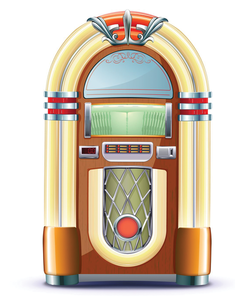Compact Jukebox
MPD, the Music Player Daemon, converts the Raspberry Pi into a small jukebox. However, configuration is not always easy. We show you what to look out for.

Lead Image © ladyann, 123RF.com
MPD, the Music Player Daemon, converts the Raspberry Pi into a small jukebox. However, configuration is not always easy. We show you what to look out for.
Sometimes a full-fledged media center with a full HD display and Dolby surround sound is too much of a good thing. In contrast, the Raspberry Pi offers a modern replacement for the transistor radio: It retrieves radio stations from the Internet, streams digital music from your LAN or an external hard disk, can be controlled remotely via your smartphone, and costs far less than a WiFi radio. With a little manual work, the Music Player Daemon, MPD [1], converts your Rasp Pi into a network-enabled music player that compares well with any wireless portable radio. Thanks to an app on your smartphone, it can be also far more convenient to use than the fiddly controls that simple standalone devices provide.
Unlike a WiFi radio, you first need to teach your Rasp Pi how to play music. Here, I assume you have a Rasp Pi with an image of the Debian 7 "Wheezy" Raspbian [2] [3] in place. To set up the required components, you will be using command-line tools. SSH access, required for a configuration via another computer, should also already be in place on the Rasp Pi (see the HowTo Corner on the Raspberry Pi Geek website [4]).
The Rasp Pi has analog sound output. Although its sound quality is not exactly exciting, a small speaker with limited frequency range will swallow up most of the annoying white noise. The results can definitely keep up with a simple portable radio.
[...]
Pages: 6
Price $15.99
(incl. VAT)